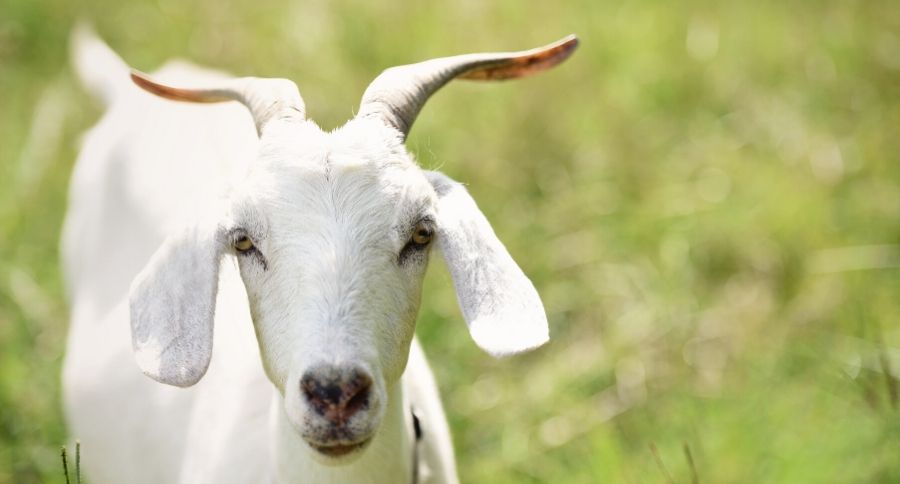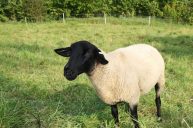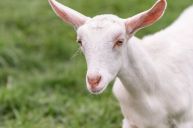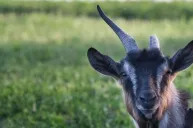Have you heard of the Kiko goat before? Kikos hail from New Zealand where their name means "meat." These are hardy goats! They're resistant against parasites or at least have a higher tolerance. I would do anything to have parasite-resistant chickens.
They also easily adapt and can survive almost any type of climate, including cold ones. Even though they're known for meat production, their milk is known to taste particularly good, too.
Who wouldn't want this goat on their homestead?
Kiko goat history
https://www.instagram.com/p/B7jFKNSAg9p/
Bffarm.net tells us why Kikos are such a great addition to your hobby farm.
"Kiko development began in the early 1970s when a group of ranchers united to form The Goatex Group LLC. They collected and bred thousands of feral goats, reserving only the fastest maturing, meatiest, and most disease- and parasite-resistant goats from each generation to use as breeding stock, sending the balance to slaughter. They provided their herds with no supplementary feed, no shelter, no hoof trimming or vet care, and no assistance at kidding. Only the toughest survived."
They're known as some of the most efficient meat goats in the world.
Characteristics
According to the International Kiko Goat Association, characteristics include:
- Hardy and very resistant to parasites
- Good mothering skills and capability
- Adequate milk and is known to taste delicious!
- Weight gain and super-fast growth rate
- Good lean carcass and hooves
According to bffarm.net Kikos have straight profiles and medium-length ears. They also have magnificent, up- and out-sweeping, spiraling horns, as well as wide, strong frames with moderate bone size.
These goats have muscular bodies and are usually solid white or cream in color, although there are some of darker colors, including black.
Caring for Kiko goats
https://www.instagram.com/p/B7AKbQiAKvG/
They are known to shine in rough-country conditions!
Like all goats, Kikos are social animals and herd animals. They need a friend. The biggest challenge in raising Kiko goats is that they've been bred to be resourceful, independent foragers. They can be difficult to contain as a result and even more difficult to handle. Yikes!
The Kiko breed sounds like a wonderful addition to your homestead, but if you're looking for a docile breed that's easy to handle, look elsewhere.
As far as meat production goes, Kikos are still overshadowed by Boers in the meat goat marketplace, but this breed is rapidly increasing in popularity due to their hardiness survivability in natural conditions and survivability. They're not known to be dairy goats, but they do produce a good quantity of milk.
Other considerations include the Toggenburg, Nubian and Saanen goat breeds. If you have questions, you can check out the American Kiko Goat Association.




